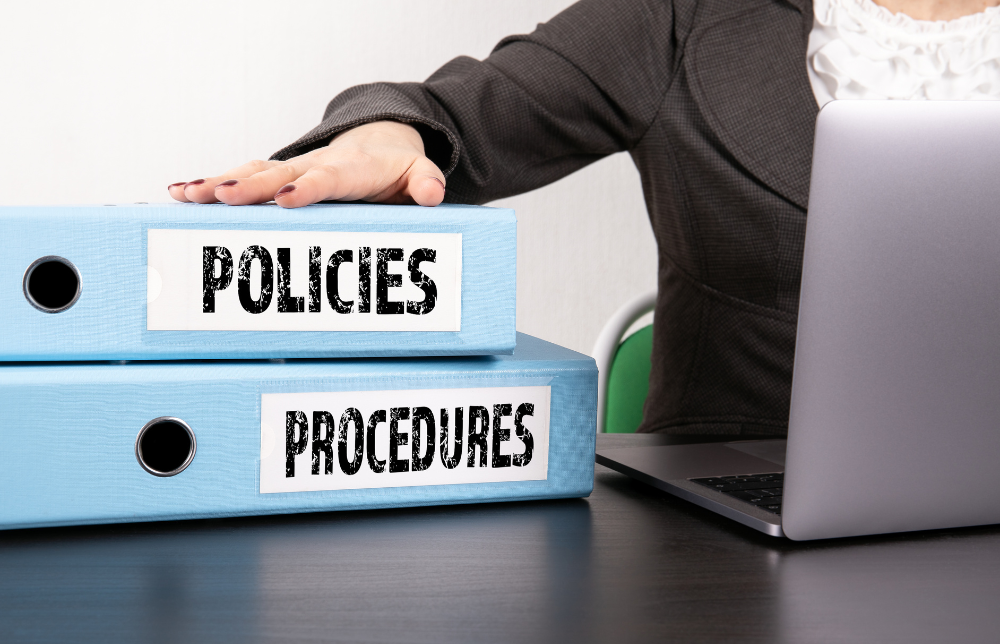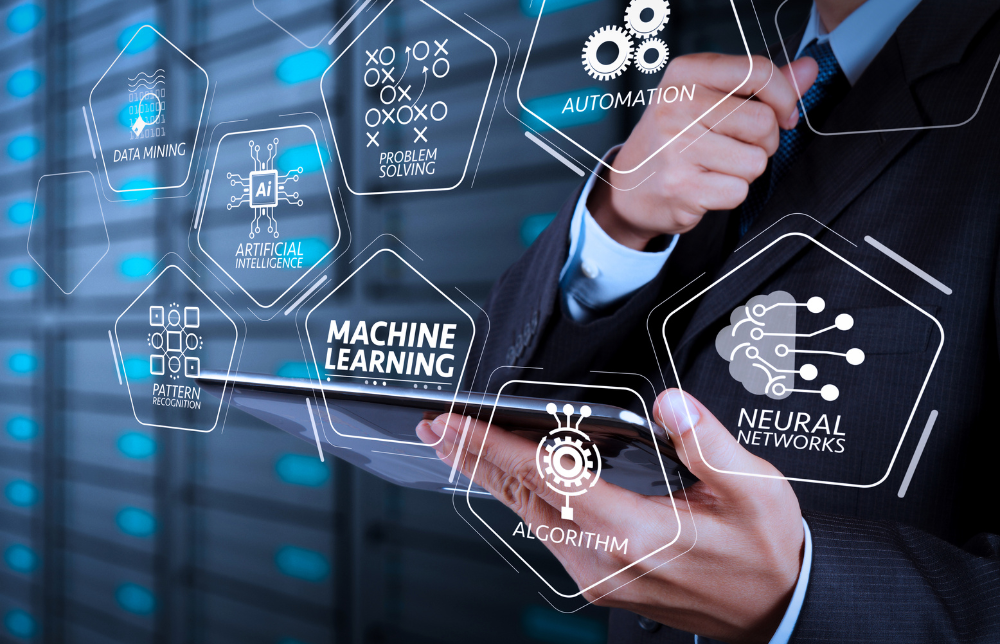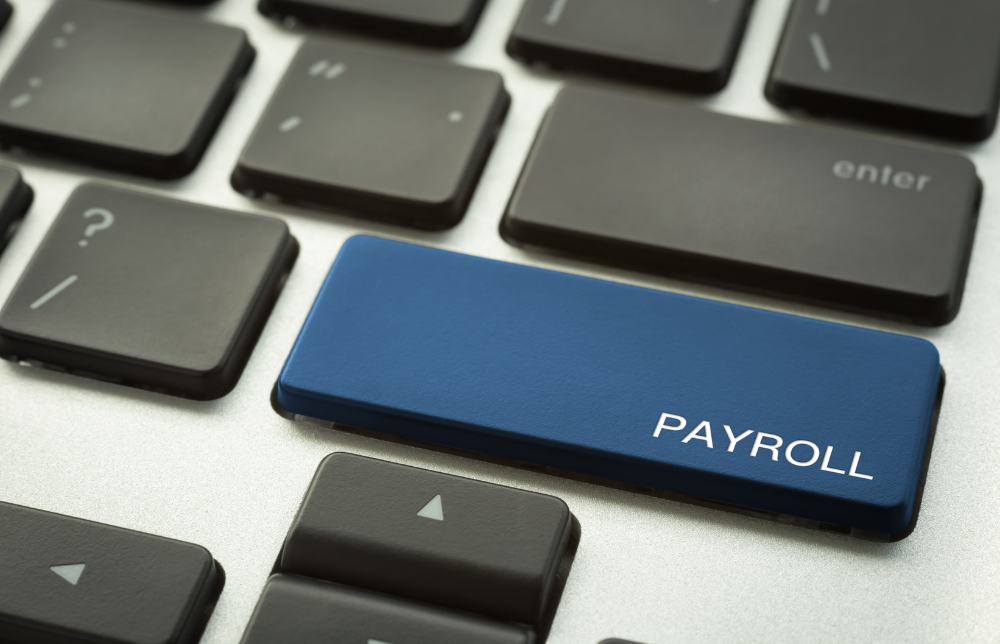Why Implement Rewards and Recognition Programs?
In a competitive business environment, attracting and retaining top talent and improving employee productivity is a critical priority for all organisations. Many mistakenly assume that employees’ motivation is driven by ...

In a competitive business environment, attracting and retaining top talent and improving employee productivity is a critical priority for all organisations.
Many mistakenly assume that employees’ motivation is driven by remuneration and benefits – but pay and perks are just part of the puzzle. Employees need both rewards and recognition to feel fully satisfied with their job; they want to make a contribution to your organisation’s mission through their work, and to feel valued and appreciated for doing so.
Careful consideration must therefore be given to how you can encourage employees to perform to their full potential.
What’s the difference between reward and recognition?
Rewards are transactional and usually a material gift given to an employee to acknowledge their performance or a specific accomplishment, while recognition is praise or gratitude that can be given on an ongoing basis, by anyone within an organisation.
Increasing motivation through recognition and rewards
Acknowledging an individual’s contribution to the broader organisation goes a long way towards keeping employees engaged and motivating them to continue striving for excellence. After all, appreciation is an essential human need. When employees’ work is valued by others, it means their satisfaction – and in turn, productivity – rises.
Gallup estimates that global businesses lose approximately $7 trillion each year due to lack of motivation[1], while a Bersin for Deloitte report found organisations where recognition occurs have 14% better employee engagement, productivity, and customer service than those without.[2]
How to implement effective rewards and recognition programmes
There is no simple formula for finding the right balance between reward and recognition, and individual employees will respond differently to various approaches. Leaders who take the time to understand this equation and refine it for their team will benefit from a motivated, engaged workforce.
But one thing is certain when it comes to recognition: for it to be effective, deserved recognition must be regular, immediate, and specific. Below are a few tips on how to get started:
-
Survey employees to determine how they feel about working for you
-
Decide on the criteria for rewarding employees
-
Establish how you will reward employees
-
Educate employees on the program and encourage them to promote it
-
Evaluate the program regularly
This last point is important, and one that’s often overlooked. According to ELMO’s 2021 HR Industry Benchmark Report, only 18% of HR professionals measure the effectiveness of their Rewards & recognition programs.
Benefits of employee rewards and recognition
Employee rewards and recognition programs bring many benefits for businesses, and are associated with:
-
Increased motivation
-
Increased productivity
-
Friendly competition
-
Improved retention
-
Boosting the business’s bottom line
Reward and recognition ideas
Recognition can be either private or public, and both approaches hold value.
According to ELMO’s 2021 HR Industry Benchmark Report, tenure and work anniversaries were the most common rewards and recognition program held by organisations. But there are more innovative approaches employers can take, such as:
-
Peer-to-peer recognition programs
Enable employees to recognise peers with recommendations and encourage employees to make deep, personal connections with their team members. Read our blog on best-practice for peer-to-peer recognition programs.
-
Trophies
Employees can receive trophies to mark significant achievements or celebrations.
-
Awards
Companies can reward employees who embody company values, not just performance.
-
Public praise
Managers can deliver feedback through Slack, social media, or company-wide emails.
-
Thank you notes
A hand-written note written on a post-it, for example, can make all the difference. As always, the ‘thank you’ should be specific and explain why you are recognising the employee.
-
Birthday celebrations
It could be as simple as providing a cake for the employee or decorating an employee’s desk in a personalised way.
-
Rewards and recognition software
Software can help build a culture of recognition and pride throughout your organisation, helping to gamify rewards and to formalise peer-to-peer recognition processes.
ELMO Software is a cloud-based solution that helps thousands of organisations across Australia, New Zealand and the United Kingdom to effectively manage their people, process and pay. ELMO solutions span the entire employee lifecycle from ‘hire to retire’. They can be used together or stand-alone and are configurable according to an organisation’s unique processes and workflows. Automate and streamline your operations to reduce costs, increase efficiency and bolster productivity. For further information, contact us.
[1] “Dismal Employee Engagement Is a Sign of Global Mismanagement”, Gallup, 2020
[2] Bersin by Deloitte study cited in “Recognition programs: Are they important?”, Deloitte, 2020
 HR Core
HR Core 









